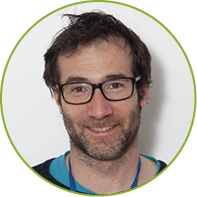Brice Bathellier
Institut Pasteur | Paris, France
“High-efficiency single pulse two-photon stimulation for in vivo all-optical interrogation of neuronal circuits with acousto-optic deflectors”

Combining two-photon (2P) calcium imaging and digital holography is now the state-of-the-art approach to image and perturb neuronal circuits in vivo simultaneously. This all-optical appro- ach, however, is limited, on the photostimulation side, by digital holography, in terms of speed and throughput. Employing acousto-optic deflectors (AOD)-based 2P approaches (“ULoVE”, Villette et al. 2019; “3D-CASH” Akemann et al. 2022) we could overcome such limitations, com- bining simultaneous recording and perturbation of neuronal circuits in awake head-fixed mice across single planes and three-dimensional volumes with tens of microseconds temporal re- solution. These techniques enhance indicator excitation and opsin activation efficiency within a minimal dwell time, by sequential sampling the target neurons with extended volumes. For neuronal manipulation, this implies it could be possible to manipulate with single-cell precision the activity of multiple neurons by performing random access ultrafast local scanning, without compromising the photon budget. First, we validated stimulation of ChRmine-expressing neu- rons using ULoVE, which resulted in robust responses to as brief as 70μs illumination periods. This encouraging result led us to try designing the minimal photostimulation possible, using 3D-CASH. By phase locking AODs modulation to the laser repetition rate (40kHz), we could deliver high-energy single femtosecond laser pulses to different target locations, every 25μs. Single-pulse stimulation was successful, allowing for example co-activation of 50 neurons in just 1.25ms. Such a precise and efficient perturbative approach is compatible with in vivo 2P voltage imaging, paving the way to unprecedented all-optical electrophysiological dissection of neuronal circuits in the intact brain.
